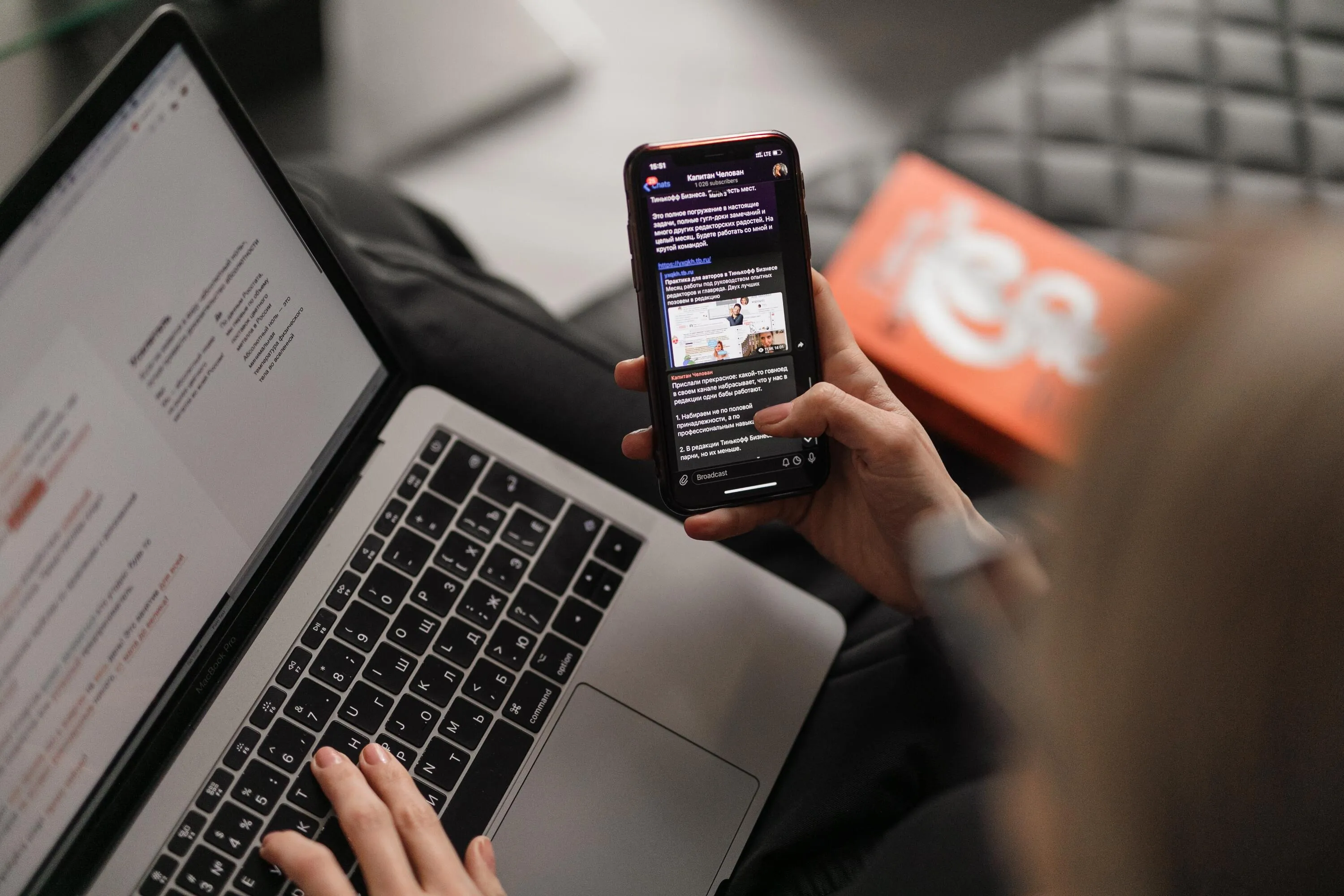Cold Email Etiquette: How to Ask for Work

Sadly, cold calling isn’t just for electricity companies.
If this industry is all about who - not what you know - then you need to be able to know lots of people. Professionally obvs, not in the biblical sense…
For introverts, extra polite people and, frankly, the vast majority of us, contacting someone out of the blue to ask for work feels like a massive barrier. But here’s a formula that becomes your battering ram.
WHO?
Think about the role you’re going for and who would employ you.
Using film as an example - want an entry-level costume role? Speak to head of costume. Want an MD role? Connect with the board members. If all else fails, try production managers, line producers or the head of production.
Don’t know names? LinkedIn is a godsend.
Also check credits of shows you like, crew agencies and the names of regular posters on industry social media.
WHAT?
You want work? It’s nothing to be ashamed of. Every single person in the industry has had to ask at some point.
- Say who you are, what role you’re looking for, and why you’d love to work with this company or production. Ask to meet/zoom for a coffee to talk about future opportunities.
- Attach your CV as a PDF – don’t just put a link in your message.
- Make sure your CV and job request match.
- Thank them for their time. Sign off.
- Do not send a massive diatribe – no one will read it.
WHEN?
Start building your connections now, not when your current contract comes to an end. If you know a production is looking for people email ASAP – first in, best dressed.
Luck is what you make it. You never know when someone will cancel, get sick or they just need an extra pair of hands. If your CV arrives that morning, then you might be in the right place at the right time.
STALKING
Or ‘Following Up’ if you’d rather.
Don’t hear anything back? Send a follow-up a couple of weeks later. A spreadsheet can help you keep track of where you’re up to. Still don’t hear anything? Leave it a few months and try again – particularly when there’s a change in your circumstances.
BEING BLANKED

Frustrated at the silent treatment? Stay patient. Photo: Jeshoots.com/Unsplash.
Feel down when someone doesn’t respond to your email immediately? You’re right: it’s because they hate you, think you’re terrible at your job and would rather employ a serial killer than you.
Or maybe not.
On Tinder/Grindr/SugarMomma.com (whatever floats your boat), you wouldn’t expect everyone to respond.
People get busy, they forget, they can’t be bothered. There are hundreds of reasons why someone doesn’t reply. Yes, you could get grumpy about them being rude, or you could accept that giving you work isn’t their top priority. They might know they’ve got nothing to give you right now. Don’t take it personally and email them again in a few months. Keep going.

People are busy - don't expect their full attention. Photo: Maxim Ilyahov/Unsplash.
Here some example templates to get you started.
EXAMPLE 1
Dear Mo,
My name’s Esther and I’m an experienced post producer. I understand that you’re crewing up for INSERT SHOW NAME. I love the humanity you bring to the characters and I think my experience in documentaries like INSERT NAME might make me a good fit.
I’m attaching my CV and I’d love to have a coffee with you to talk about any work.
Many thanks and I hope to speak to you soon.
Esther
EXAMPLE 2
Dear Al,
My name’s Esther and I’m a recent graduate from INSERT COURSE NAME. I’ve volunteered on 5 short films, crewed on a C31 production and am making my own web series.
I think the work that INSERT PROD COMPANY NAME does is incredible. I particularly loved the characterisations in INSERT SHOW NAME.
Would you be free to grab a coffee (in person or on zoom) so we can meet? I’d love to pitch myself as a runner.
I’m attaching my CV.
Many thanks and I hope to speak to you soon.
Esther
This article was originally published by our friend at ArtsHub Australia.
Written by Esther Coleman-Hawkins co-founder of Media Mentors.

